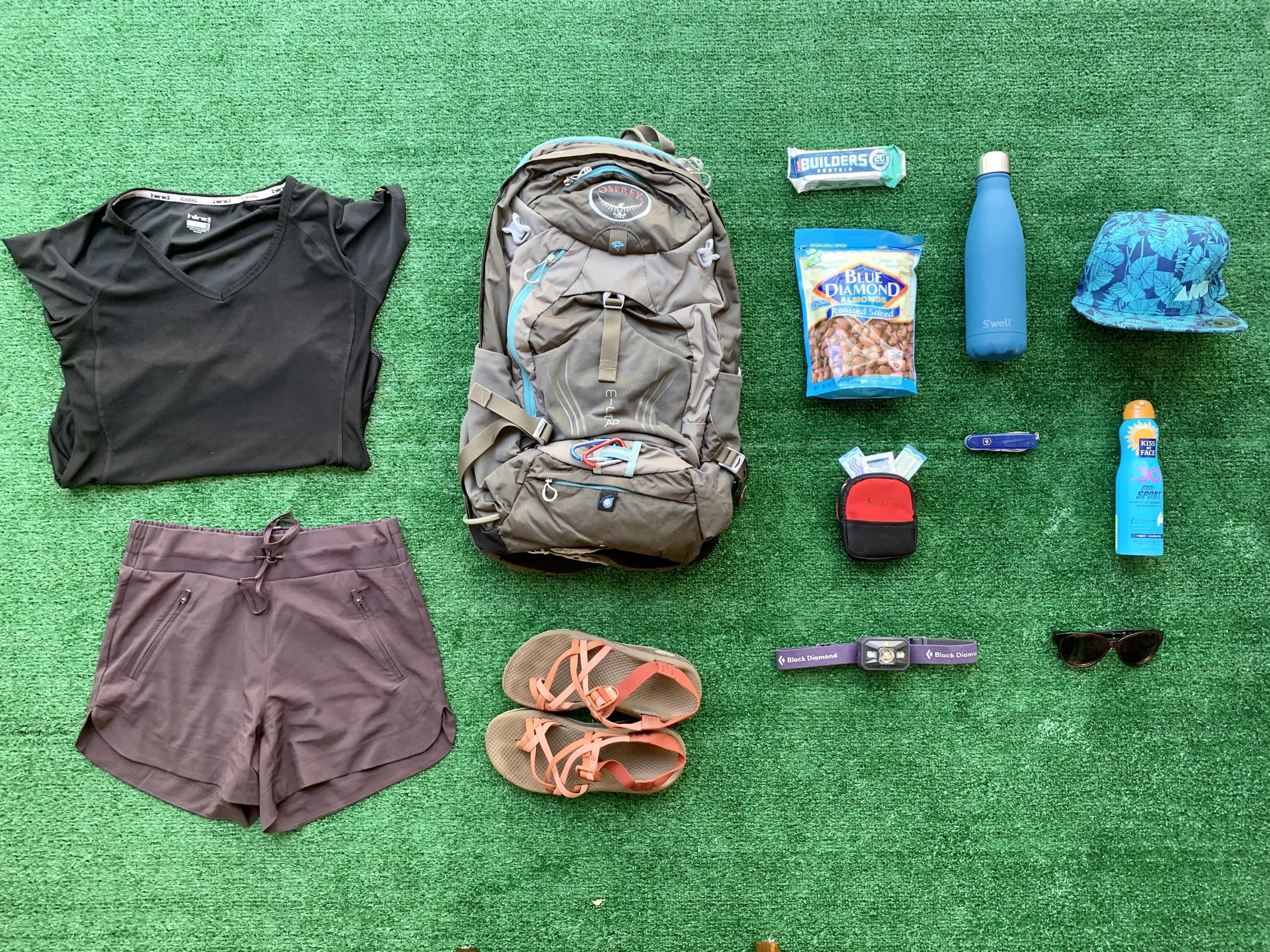Planning a hiking trip involves meticulous preparation‚ and one crucial aspect is packing the right amount of food. Jerky‚ a lightweight and protein-packed snack‚ is a popular choice for hikers‚ but determining the optimal quantity can be tricky. Overpacking adds unnecessary weight‚ while underpacking can lead to energy depletion and a miserable experience. This guide will help you calculate how much jerky to bring on your next adventure‚ ensuring you stay fueled and satisfied on the trail. We’ll consider factors like trip length‚ intensity‚ and individual caloric needs to help you make the best decision about your jerky supply.
Factors Influencing Jerky Needs
Several factors play a role in determining how much jerky you should pack for a hike. Consider these elements before you start packing:
- Trip Length: A day hike requires significantly less jerky than a multi-day backpacking trip.
- Hike Intensity: A strenuous hike with significant elevation gain will burn more calories than a leisurely stroll.
- Individual Metabolism: Some people naturally burn more calories than others.
- Other Food Sources: Are you bringing other snacks‚ meals‚ or supplements?
- Weather Conditions: Cold weather can increase caloric needs.
Calculating Your Jerky Requirements
While there’s no one-size-fits-all answer‚ here’s a practical approach to estimating your jerky needs:
1. Estimate Caloric Expenditure: Use a fitness tracker or online calculator to estimate your daily caloric burn based on your activity level. A moderate hike might burn 300-500 calories per hour.
2. Determine Jerky’s Caloric Value: Check the nutrition label on your jerky. Most jerky contains around 100-150 calories per ounce.
3. Calculate Jerky Ounces Needed: Aim to get roughly 20-30% of your daily calories from jerky. For example‚ if you estimate burning 3000 calories‚ you might want 600-900 calories from jerky. This translates to 4-9 ounces of jerky per day.
4. Adjust for Other Food: Reduce the jerky amount if you’re bringing other calorie-dense foods like trail mix‚ energy bars‚ or dehydrated meals.
Example Scenario
Let’s say you’re planning a 6-hour moderate hike and estimate burning 400 calories per hour‚ totaling 2400 calories. You also plan to bring a sandwich (500 calories) and some fruit (200 calories).
- Total calories needed: 2400
- Calories from sandwich and fruit: 700
- Remaining calories to get from jerky: 1700
- Ounces of jerky needed (assuming 125 calories per ounce): 1700 / 125 = 13.6 ounces
Therefore‚ you would need approximately 14 ounces of jerky for this hike.
Jerky Types and Considerations
Different types of jerky offer varying nutritional profiles and weights. Consider these factors when choosing your jerky:
- Beef Jerky: A classic choice‚ typically high in protein and iron.
- Turkey Jerky: A leaner option with less fat than beef jerky.
- Salmon Jerky: A good source of omega-3 fatty acids.
- Vegan Jerky: Made from plant-based proteins like soy or mushrooms.
It’s also important to consider the sodium content of your jerky‚ as excessive sodium can lead to dehydration. Choose lower-sodium options when possible. Remember that the right amount of jerky can make or break your hiking experience.
FAQ: Jerky on the Trail
- Q: Can I bring too much jerky?
- A: Yes‚ overpacking adds unnecessary weight to your pack.
- Q: How should I store jerky on a hike?
- A: Keep it in a resealable bag or container to prevent spoilage and protect it from the elements.
- Q: Is jerky a good source of electrolytes?
- A: Jerky contains some sodium‚ which is an electrolyte‚ but it’s not a complete electrolyte replacement. Consider bringing electrolyte tablets or drinks.
- Q: Can I make my own jerky for hiking?
- A: Absolutely! Homemade jerky allows you to control the ingredients and sodium content.
Ultimately‚ determining how much jerky to take hiking is a personal decision based on individual needs and preferences. However‚ by carefully considering the factors outlined above and performing a simple calculation‚ you can ensure you have enough fuel to power your adventure. So‚ pack smart‚ stay energized‚ and enjoy the trail! The key to a successful hike often lies in the preparation‚ and that includes knowing how much jerky to bring.
Comparative Table: Jerky Types and Hiking Scenarios
To further illustrate how to choose the right amount of jerky‚ consider the following comparative table. It outlines different hiking scenarios and suggests appropriate jerky quantities based on the factors discussed earlier.
| Hiking Scenario | Estimated Calories Burned | Jerky Type Recommendation | Suggested Jerky Amount (Ounces) | Additional Notes |
|---|---|---|---|---|
| Easy Day Hike (3 hours‚ minimal elevation) | 900 | Turkey Jerky (lower fat) | 3-5 | Focus on hydration and other light snacks. |
| Moderate Day Hike (6 hours‚ some elevation) | 2400 | Beef Jerky (higher protein) | 8-12 | Supplement with trail mix and fruit. |
| Strenuous Day Hike (8 hours‚ significant elevation) | 4000 | Beef Jerky (for sustained energy) | 12-16 | Consider bringing electrolyte supplements. |
| Multi-Day Backpacking Trip (3 days‚ moderate intensity) | 2500 per day | Variety Pack (Beef‚ Turkey‚ Salmon) | 8-10 per day | Prioritize lightweight and nutrient-dense options. |
Tips for Packing and Consuming Jerky on the Trail
Beyond calculating the right amount‚ consider these practical tips for packing and consuming jerky during your hike:
- Portion Control: Pre-portion your jerky into smaller bags to avoid overeating and track your consumption.
- Proper Storage: Use airtight‚ resealable bags to prevent moisture and spoilage. Consider using a cooler bag with ice packs for longer trips‚ especially in hot weather.
- Hydration: Jerky is high in sodium‚ so drink plenty of water to stay hydrated.
- Listen to Your Body: Pay attention to your energy levels and adjust your jerky consumption accordingly.
- Leave No Trace: Pack out all your trash‚ including jerky wrappers.
By following these guidelines‚ you can confidently plan your jerky supply for your next hiking adventure. Remember to adjust the recommendations based on your individual needs and preferences. Happy trails!

